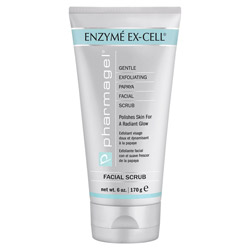2024 (8)
Ingredient: Allantoin

Allantoin is a chemical compound. It is also called 5-ureidohydantoin or glyoxyldiureide. Lab-created allantoin is chemically equivalent to its naturally-occurring counterpart, and has been shown to be non-toxic and safe for use in a variety of cosmetic applications (International Journal of Toxicology). In its organic form, allantoin is found in several plants, such as sugar beet, comfrey, chamomile, tobacco seed, and wheat sprouts. A popular source of allantoin is the extract of comfrey, a species of herb native to Europe. Interestingly, the naturally occurring counterpart is named for the allantois, a structure involved in the exchange of nutrients and waste for developing embryos.
Allantoin is frequently present in toothpaste, mouthwash, and other oral hygiene products, in shampoos, lipsticks, anti-acne products, and sun care products. It is also in clarifying lotions, various cosmetic lotions and creams, and other cosmetic and pharmaceutical products.
Allantoin is considered a very effective moisturizing ingredient when used in skincare, and its gentle, non-irritating qualities make it an excellent addition to anti-aging products for those with sensitive or easily irritated skin. It also has a keratolytic (therapy treatment to remove warts, calluses and other excess skin) effect. It increases the water content of the outer layers of the skin and enhances the removal of upper layers of dead skin cells, increasing the smoothness of the skin; promoting cell proliferation and wound healing; and a soothing, anti-irritant.

 write a review
write a review
